Ancho chile powder and chili powder are often confused, but they’re fundamentally different. Ancho is made from a single ingredient—dried poblano peppers—while chili powder is a blend of multiple spices including chilies, cumin, garlic, and oregano. Here’s a detailed comparison to help you choose the right spice for your recipes.
Table of Contents
- What is Ancho Chile Powder?
- What is Chili Powder?
- Head-to-Head Comparison
- When to Use Each Spice
- Buying Guide for the Best Spices
- Final Verdict: Which One Wins?
- Frequently Asked Questions (FAQ)
What is Ancho Chile Powder?
Ancho chile powder comes from one thing and one thing only: dried poblano peppers. That’s it. No mysterious ingredients or hidden blends. The poblanos are roasted, dried, and then ground into a fine, rich-red powder that brings depth and subtle heat to dishes.

Flavor Profile
- Heat Level: Mild (1,000–2,000 SHU)
- Flavor Notes: Smoky, earthy, slightly sweet, with hints of dried fruit
- Best Used In: Moles, stews, soups, rubs for meats
If you’ve ever had mole sauce, you’ve tasted the magic of ancho chile powder — it’s often the backbone of that complex flavor profile.
What is Chili Powder?
Chili powder is the wild card of the spice world. Unlike ancho chile powder, which is single-origin, chili powder is usually a blend. It typically includes ground chilies (like cayenne or ancho), plus garlic powder, onion powder, cumin, and sometimes even oregano or salt.
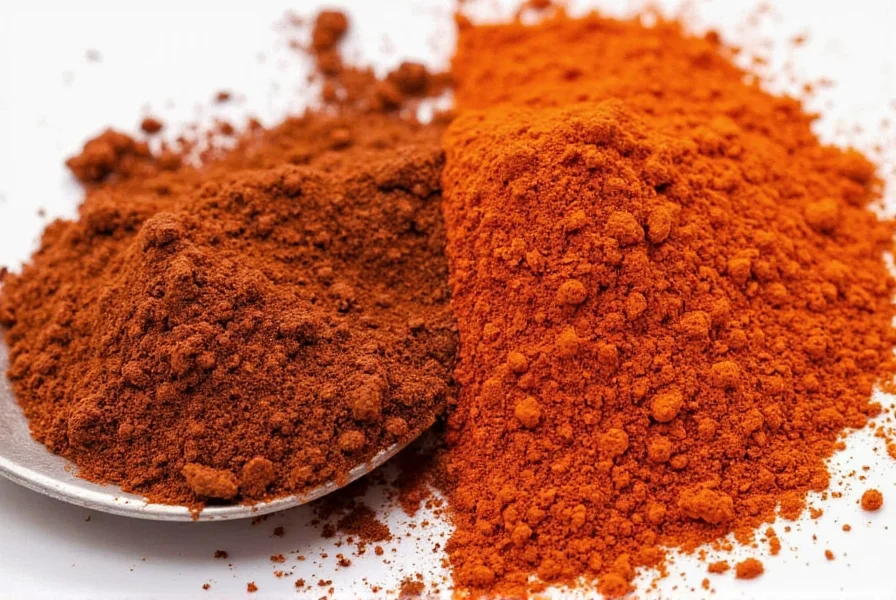
Flavor Profile
- Heat Level: Varies widely (from mild to hot depending on blend)
- Flavor Notes: Earthy, smoky, savory, with warm undertones from added spices
- Best Used In: Tex-Mex dishes, chili con carne, tacos, barbecue rubs
In short, chili powder is your go-to when you want a little heat and a lot of flavor without having to mix five different spices yourself.
Head-to-Head Comparison: Ancho Chile Powder vs Chili Powder
| Feature | Ancho Chile Powder | Chili Powder |
|---|---|---|
| Origin | Dried poblano peppers | Mix of ground chilies + other spices |
| Heat Level | Mild (1,000–2,000 SHU) | Varies (can be mild to spicy) |
| Flavor | Earthy, fruity, smoky | Spiced up with garlic, cumin, etc. |
| Best For | Mole sauces, slow-cooked dishes | Tacos, chili, quick weeknight meals |
| Shelf Life | 6–12 months | 6–12 months |
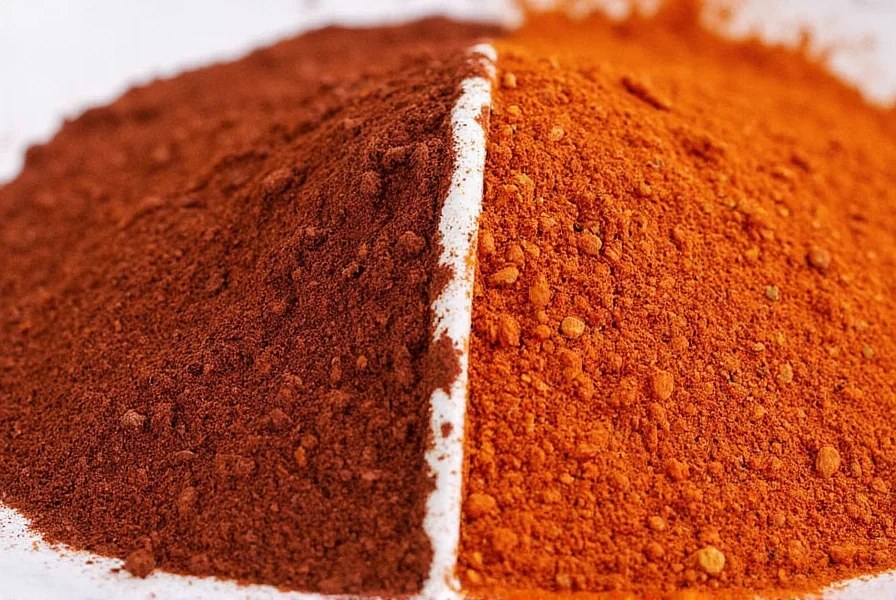
When to Use Each Spice: Practical Tips
Use Ancho Chile Powder When…
- You’re making traditional Mexican dishes like moles or enchilada sauces
- You want a deep, rich flavor without overwhelming heat
- You’re blending your own custom spice mixes
Use Chili Powder When…
- You’re making chili con carne, tacos, or Tex-Mex burgers
- You want convenience — one spice to rule them all
- You enjoy bold flavors with a kick
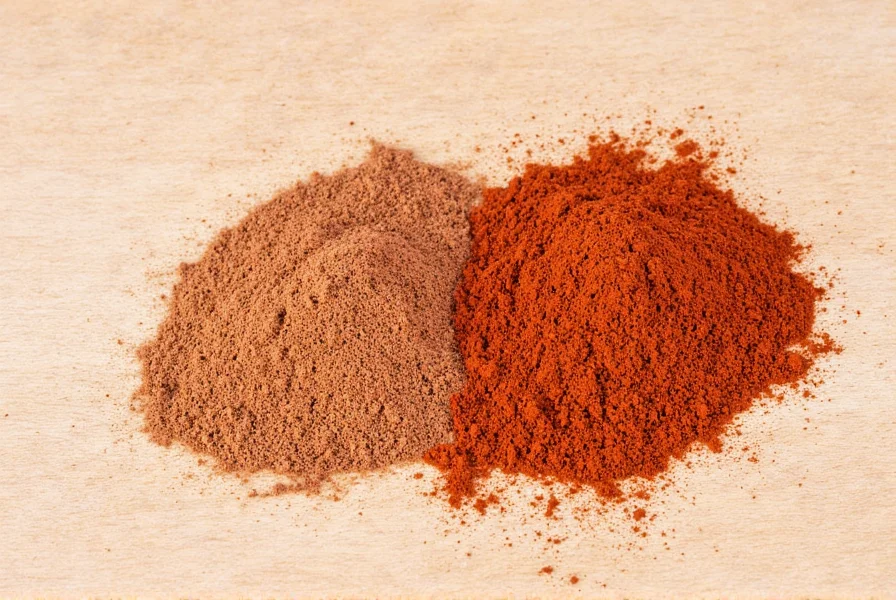
Buying Guide: How to Choose the Best Spice
Picking the right spice isn’t just about price or packaging — it’s about what works best for your kitchen. Here’s how to choose wisely.
Top Picks for Ancho Chile Powder
- La Costeña Ancho Chile Powder
- Features: Pure, no additives
- Pros: Rich flavor, perfect for authentic recipes
- Best For: Home cooks and professional chefs alike
- Goya Ancho Ground Pepper
- Features: Consistent texture, widely available
- Pros: Great value, easy to find in most grocery stores
- Best For: everyday cooking and blending
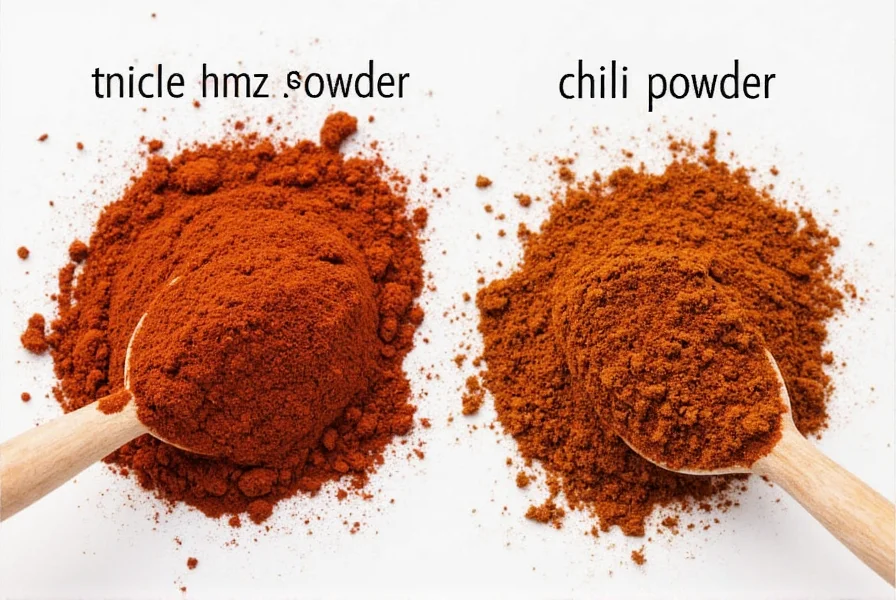
Top Picks for Chili Powder
- McCormick Culinary Chili Powder
- Features: Balanced blend with consistent flavor
- Pros: Reliable brand trusted by home cooks and chefs
- Best For: everyday use and restaurant prep
- Savory Spice Co. Custom Chili Blend
- Features: Hand-blended with organic ingredients
- Pros: Complex flavor, great for gourmet touches
- Best For: foodies and spice lovers
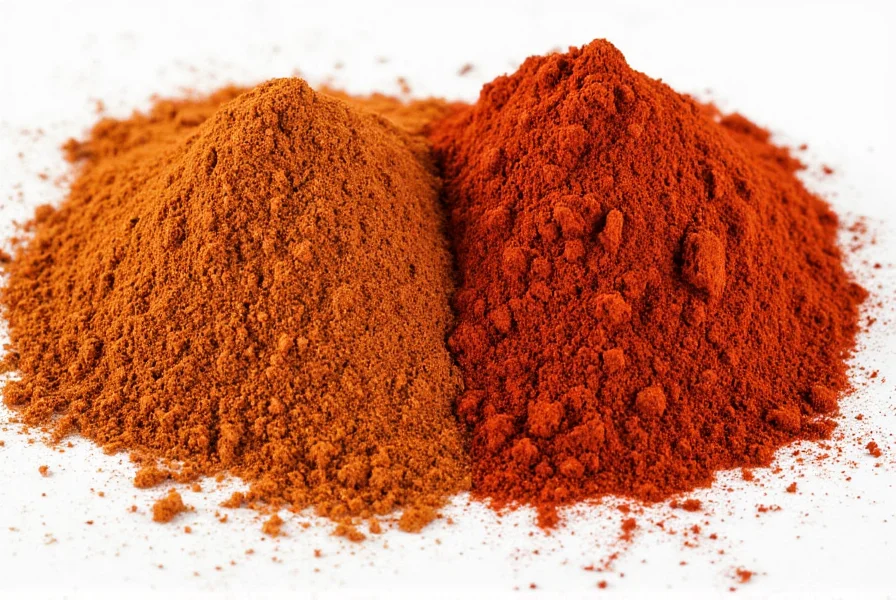
How to Store Your Spices
- Keep in airtight containers away from light and heat
- Label clearly with date of purchase
- Replace every 6–12 months for optimal flavor
Final Verdict: Which One Wins?
There’s no one-size-fits-all answer here. If you’re aiming for authenticity in Mexican cuisine, especially in slow-simmered dishes, reach for ancho chile powder. But if you want convenience and a full-flavored punch without extra effort, chili powder is your ally.
So next time you’re staring down those spice jars, remember: one is a solo artist, the other a full band — both are great, it just depends on the song you’re cooking!
Frequently Asked Questions (FAQ)
What is the main difference between ancho chile powder and chili powder?
Ancho chile powder is made from a single ingredient (dried poblano peppers), while chili powder is a blend of multiple spices including ground chilies, cumin, garlic powder, and oregano.
Can I substitute ancho chile powder for chili powder in recipes?
Not directly. For every tablespoon of chili powder, substitute 1 tsp ancho chile powder + ½ tsp cumin + ¼ tsp garlic powder + ¼ tsp onion powder. Adding a pinch of oregano enhances authenticity.
Which is hotter: ancho chile powder or chili powder?
Ancho chile powder is consistently mild (1,000-2,000 SHU). Chili powder’s heat varies by brand – some are mild while others (containing cayenne) can reach 30,000 SHU. Always check the label.
Is ancho chile powder the same as chipotle powder?
No. Ancho comes from dried poblanos (mild, fruity), while chipotle powder is made from smoked jalapeños (smoky, hotter at 2,500-8,000 SHU). They create distinctly different flavor profiles.
Why does my chili powder taste different from restaurant versions?
Many commercial blends contain fillers or salt. For authentic flavor, choose salt-free blends or make your own using 2 parts ancho powder, 1 part cumin, ½ part garlic powder, and ¼ part cayenne.
Can I use chili powder in mole sauce instead of ancho?
Not recommended. Mole relies on ancho’s unique fruity depth. Substituting chili powder adds competing spices that overwhelm the sauce’s delicate balance. Always use pure ancho for authentic mole.

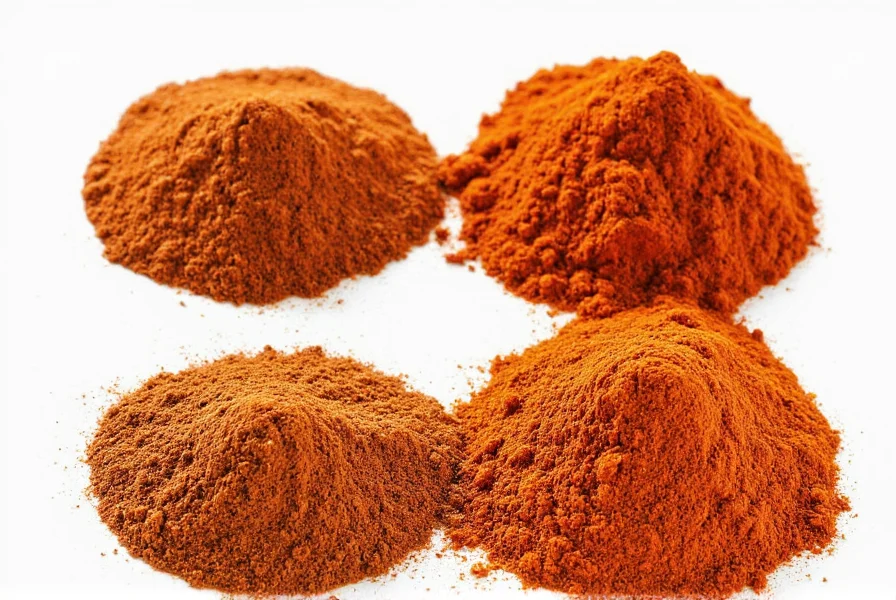









 浙公网安备
33010002000092号
浙公网安备
33010002000092号 浙B2-20120091-4
浙B2-20120091-4